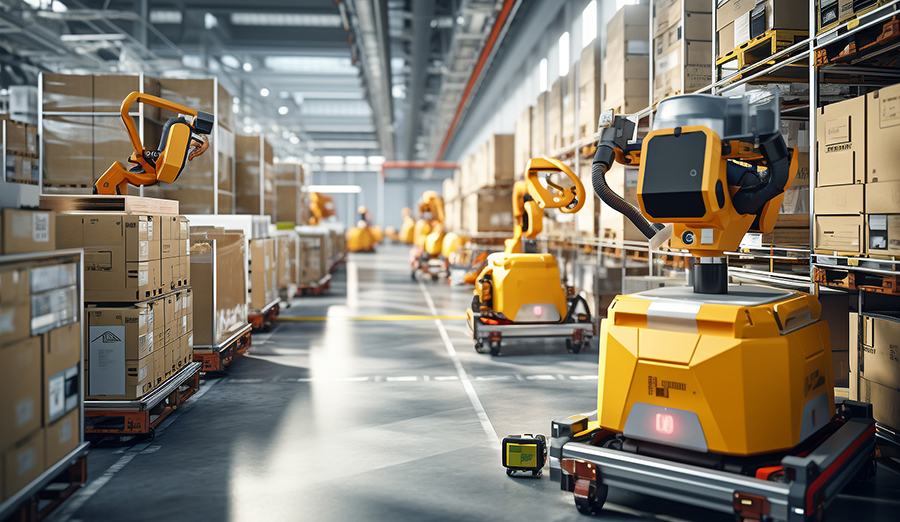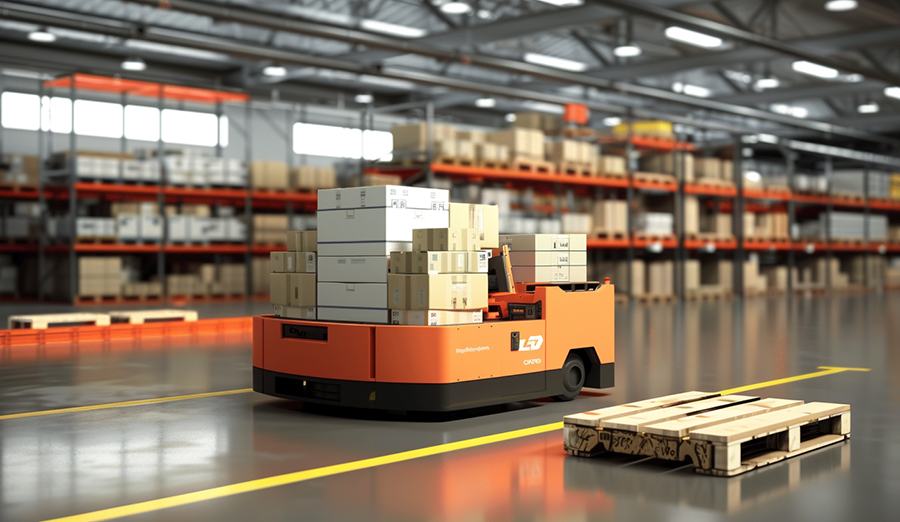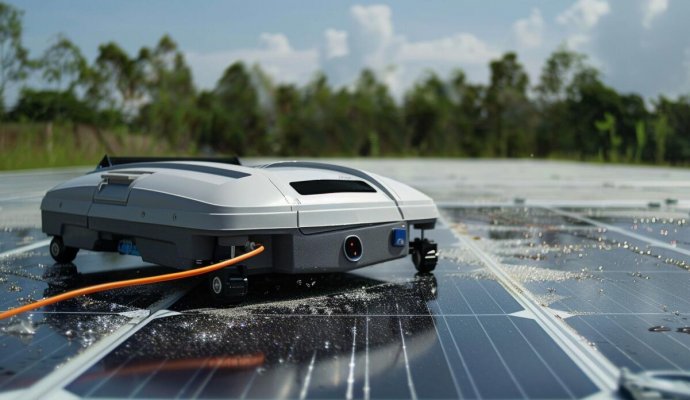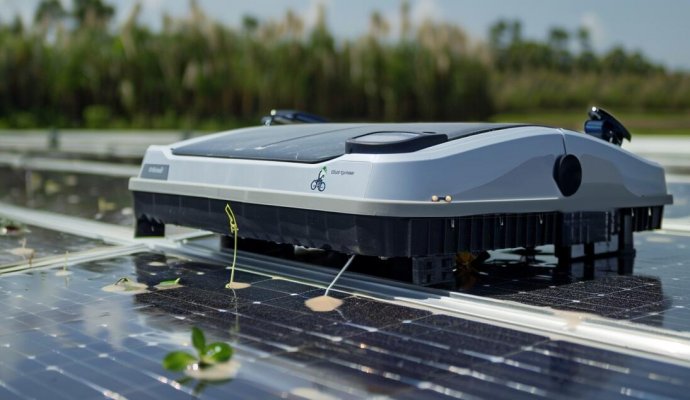
WIRELESS CHARGING IN THE NEWS
Inspection and diagnostic robots and maintenance and repair photovoltaic robots are the key technologies for the design of solar photovoltaic power plants, and their functions and applications are far beyond the traditional clean photovoltaic robots. This paper will discuss in detail the main functions of these two types of robots in the field of solar power generation and the importance of improving system performance.
1. Main functions of inspection and diagnostic robots
The inspection and diagnostic robot is equipped with various high-precision sensors and advanced imaging technology, which can deeply monitor and diagnose the status and performance of solar panels, and its main functions include:
- Real-time monitoring and data acquisition: Through a variety of sensors to measure the temperature, voltage, current and other key parameters of the panel, to achieve real-time monitoring and data acquisition of the working status of the panel.
- Fault diagnosis and early warning: Using artificial intelligence and machine learning algorithms to analyze data, find potential faults and problems in time, and generate early warning notifications to help operation and maintenance personnel respond and deal with them quickly.
- Thermal imaging and spectral analysis: Use thermal imaging technology to detect the heat distribution of the panels and identify possible hot spots and damaged areas; At the same time, spectral analysis technology is used to evaluate the light absorption performance and reflectivity of the panels.
- Remote operation and autonomous inspection: Supports remote operation and autonomous operation, enabling inspection tasks to be performed safely and efficiently under different environmental conditions.
2. Maintenance and repair of the main functions of photovoltaic robots
The maintenance and repair photovoltaic robot has highly accurate operation capabilities and complex task execution capabilities, and its main functions include:
- Panel replacement and repair: The ability to automatically or semi-automatically perform panel replacement and repair tasks, including the removal of damaged panels, the installation of new panels and the repair of connecting lines.
- System calibration and adjustment: Calibrate and adjust the panels and their supporting systems to ensure the stable operation of the entire solar power system.
- Emergency response and quick handling: In the event of an accident or sudden failure, it can respond quickly and implement emergency repair measures to minimize the system outage time.
- On-site operation and safety: Accurate operation and safe construction are achieved through advanced robotic arms and visual navigation systems to ensure the safety of personnel and equipment.
3. Application and future prospects
The application of inspection and diagnostic robots and maintenance and repair photovoltaic robots in the field of solar power generation has achieved remarkable results:
- Improve system reliability and efficiency: Through accurate monitoring, rapid fault diagnosis and effective maintenance methods, the overall reliability and energy conversion efficiency of solar power plants are significantly improved.
- Reduce O&M costs and manpower input: Automated operations reduce the risk caused by human factors, reducing O&M costs and human resources input.
In the future, with the advancement of technology and the expansion of application scenarios, these two types of photovoltaic robots will continue to evolve and improve, become more intelligent and automated, and contribute more to the development of global clean energy and to the challenge of climate change.
Inspection and diagnostic robots and maintenance and repair photovoltaic robots, as the key technologies of solar power generation systems, not only improve the operating efficiency and reliability of the system, but also promote the technical progress and sustainable development of the solar industry. Their application will continue to play an important role in the future, making important contributions to the transformation of the global energy structure and environmental protection.







